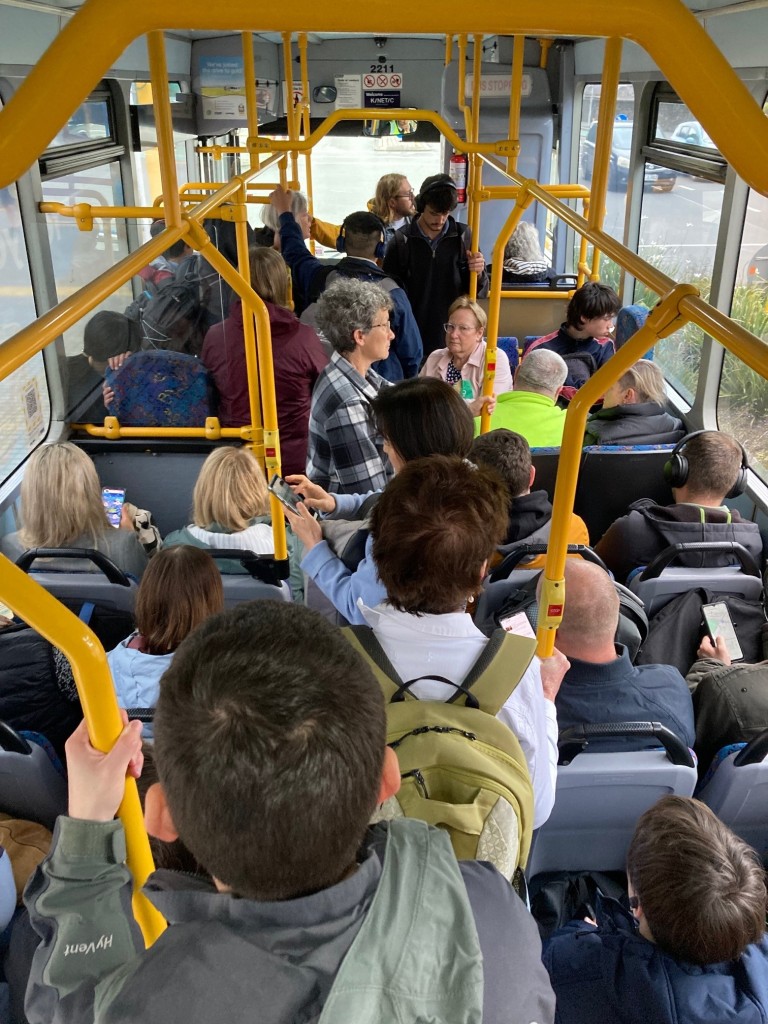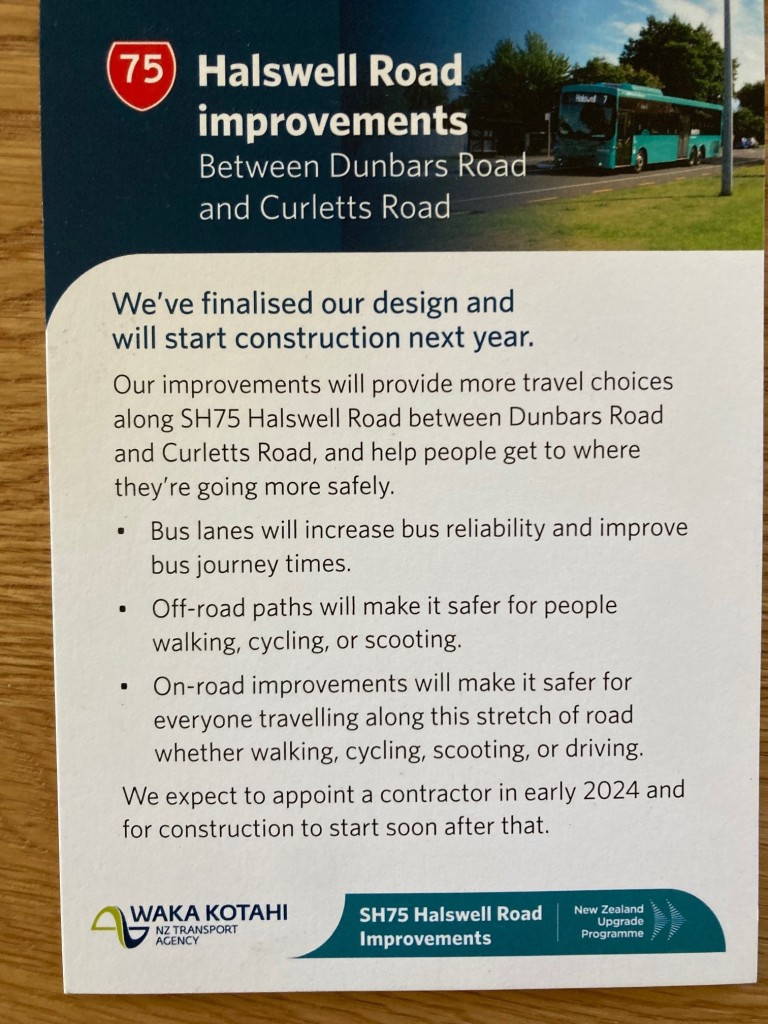There were some articles in the media last week gushing over the increased public transport patronage we’ve been seeing in Christchurch lately (rnz). Ecan also put out a glowing press release.
I was cautious of making too much of these numbers. From what I had seen previously, the month on month patronage increases we’ve been seeing over the last two years look nice on the surface, but really they’re just reflecting the steady post-covid increase in activity. However, the November numbers have recently come in and they’re high – so high I think maybe there is more to it than that.
Monthly patronage is shown below.

You can see that the last 4 months in a row now have exceeded the same month in 2019. And the latest November figure is significantly higher than anything we’ve seen in the last 7 years for November. I had a look back further and it’s comfortably higher than any other November since the earthquakes. The same goes for the October figure.
To get a longer-term sense here is the monthly patronage over the last 23 years.

We’re well and truly out of the covid dip now. The question for me is will we see the steep upward trajectory of the last 2 years continue or will it flatten off? Or something in between?
Ordinarily you’d probably go with flatten off, but I think there are a few reasons to think it may continue. One is cheaper fares. For much of the last two years we had half price fares due to the government’s covid relief package. Once that finished Ecan transitioned straight into a new flat fare system where it’s only $2 per adult, $1 for concessions (13-25s, tertiary students, community service cardholders), and free for anyone under 12, regardless of where and how far you’re travelling. Since introducing this they’ve seen not only a surge in usage, but a surge in new metrocards being issued (25,000 new cards since the $2 fares were introduced!). This is significant because it’s an indicator that the increase is being driven not just by returning customers, but new ones. Anecdotally, I know of several people who’ve ditched their car and started catching the bus instead due to the cheaper fares.
Another is the improved service offering. It feels to me like all four local councils (Ecan, Selwyn, Waimakariri and Christchurch City) are waking up to the fact that if you want more people to use public transport you have to invest in it. We’re starting to see them doing just that. A few examples off the top of my head of investments which have improved the service offering:
1. Ecan (via central government funding) have introduced more electric buses (44 and counting): these are obviously good for the planet but they are also much nicer to ride on: smooth and quiet.
2. This year Ecan introduced a new high frequency route (8) by upgrading the old 17 and 28, which CCC have supported with bus stop upgrades.
3. CCC have built bus priority on Riccarton, Main North and Lincoln Roads in recent years. Speaking as a regular rider, the Lincoln Road one in particular makes a massive difference to the user experience. I haven’t seen the official numbers broken down by route, but when I catch the bus home it feels like more people are jumping on board – here’s what the bus looks like on a typical day now.

4. CCC have plans to extend this bus lane a couple of kilometres further in coming years.
5. Waki Kotahi are just about to begin construction of a bus lane that will extend it even further again along the section that is State Highway, almost all the way to Halswell.

6. In 2020 Ecan increased frequencies on Route 3 to every 10 minutes all day. Last month Ecan approved funding for five additional electric buses to run up and down Route 7 in conjunction with the new bus lanes, meaning there’ll soon be a bus every 10 minutes all day.
There’s always plenty more they could be doing in a climate emergency, but there are definitely a few positives in there and we are starting to see the city reaping the benefits of recent investments. As long as the four councils and central government keep investing into public transport, I expect to see user numbers continue their upward march.